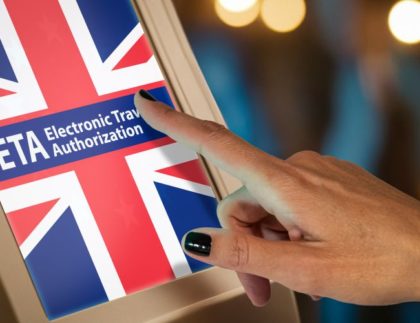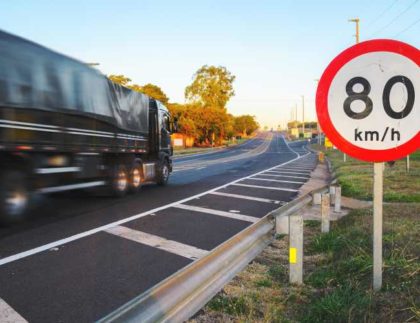

On the last day of May, Directive (EU) 2024/846 amending the categorization of infringements contained in Directive 2006/22/EC of the European Parliament and of the Council was published in the Official Journal of the European Union. The new regulations are to be implemented by Member States by 14 February 2025.
What has changed and what does it mean for carriers?
The tables classifying infringements according to their gravity have changed:
- MSI = most serious infringements
- VSI = very serious infringements
- SI = serious infringements
- MI = minor infringements
The first table refers to driving and resting time infringements, while the second table to infringements related to tachograph use. The new infringements tables can be found directly in the directive: https://eur-lex.europa.eu/legal-content/PL/TXT/?uri=CELEX%3A32024L0846
In the case of driving and resting time infringements, the standout change is the addition of infringements from the mobility package to the classification, particularly for regular weekly rest periods taken in the vehicle (VSI), lack of coverage for costs of accommodation outside the vehicle (SI) or lack of return arrangements for drivers (VSI).
In the case of tachograph infringements, it is worth noting the table contains now additional infringements for failing to record the country of border crossing, which are classified as serious infringements. Interestingly, in the current Polish tachograph, such an offense is treated as VSI. The issue of showing records during roadside inspections for the last 56 days (after 31 December 2024) is also included.
Until now, the table in the Directive has not been updated, which has caused some duality, as Regulation (EU) 2016/403 also has a table that contains a different classification of individual infringements. However, it should be noted that the one in the Regulation was used for a different purpose – to calculate the frequency of serious infringements, which are used, for example, in proceedings concerning the good reputation of the carrier. With the amendment to the Directive, there should be no more differences in the gradation of infringements.
What will the new infringement classification be used for?
Member States shall establish provisions for the imposition of penalties for infringements on the basis of the updated table. This means that in the near future, Member States will be updating penalty tariffs for infringements related to driving time, resting time and tachograph use. These penalties should be effective and proportionate to the gravity of the infringements, as indicated in Annex III to Directive 2006/22/EC of the European Parliament and of the Council (7), as well as dissuasive and non-discriminatory.
Infringement rating for transport companies
The new categorization of infringements will also be used to calculate scores in the so-called enterprise rating. This is an EU formula for calculating the risk factor for infringements in the areas of driving time, mandatory breaks and drivers’ resting time, including the use of tachographs.
Each infringement level has its own number of points:
- MI (minor infringements)= 1,
- SI (serious infringements)= 10,
- VSI (very serious infringements, such as no manual entry) = 30,
- MSI (most serious infringements, such as driving with someone else’s card) = 90.
And the mean value of infringements found during roadside inspections and company inspections over the past two years ranks the companies in their respective ranges:
- gray (carriers that have not been inspected);
- green (0-100 points: low-risk carriers);
- orange (101-200 points: medium-risk carriers);
- red (201 points or more: high-risk carriers)
This rating is to be accessed by inspectors across the EU through the ERRU system. If the carrier uses only the latest G2V2 tachographs, the score is reduced by 10%.
In Poland, a risk assessment system for road transport operators based on the aforementioned model is already in place, and information on operators where it is determined to be high is to be made available to Voivodeship Road Transport Inspectors, Commander-In-Chief of Police, the Chief of the Border Guard, the Head of the National Revenue Administration and the State Labor Inspector. Importantly, entities on this list are to be selected for inspection first.










